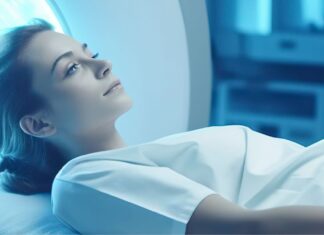A customer specialized in the assembly of microelectronic components for demanding applications including space, implanted medical, aeronautics, defense and nuclear, approached PISÉO with a specific need. This customer had to integrate performance control into its production flow by means of an optical measurement bench equipped with laser sources.
The complexity of this bench was linked to the particularities of the components to be tested, resulting in tight technological constraints. The design and installation of such a bench calls for in-depth knowledge in several fields including physical interactions between light and matter, optical technologies and manipulation of precision optical components and laser technologies.
This customer, not having the skills in optical test bench engineering, called on PISÉO to make one. The project was segmented into three parts: specification, design, and construction and validation.
Laser light has very specific properties, such as a precise wavelength and coherent and directed light emission. The components to be tested, due to their structure, respond differently to light stimuli depending on these properties. The measurement bench must therefore be able to control quantities such as power, beam direction, polarization, modulation and time profile.
Given the requirements relating to the photoelectric characteristics of the component, the experts in the design and manufacture of optical benches from PISÉO were led to precisely specify the measurement bench together with proposing an architecture based on optical dimensioning and electrical properties. The approach proved to be iterative. We discovered the behavior of the component to be tested in parallel with the specification of the bench. At the same time, we also considered external factors such as technical, financial, and dimensional limits. The final detailed specification of the bench results from these iterations and the compromises made between the parameters to be tested, the precision required and the technological feasibility. Many interactions led by PISÉO with the customer and the potential manufacturers of the bench equipment were also necessary to arrive at a specification that was demonstrated to be feasible.
From the specification and the architecture, designing the bench involved sizing all the structures and electro-optical components necessary in detail while ensuring a guarantee of performance, robustness, and reliability. This guarantee is highly dependent on the experience of the designers and the depth of their work. PISÉO’s optical bench experts can assess the critical parameters of optical, opto-mechanical, and electro-optical components affecting performance or conditions of use. Several technical details of optical components available from specialized manufacturers have been verified by a direct approach to suppliers, reinforced where necessary by optical calculations and simulations. This approach justifies the choices made as well as discarding components that had otherwise seemed to be suitable.
PISÉO also ensured that the laser measurement bench meets the appropriate safety standards, particularly regarding laser risk. As specialists in optical risk induced by artificial light sources, PISÉO engineers and technicians are trained in controlling the laser risk and able to define the protocols for handling the bench in safe conditions, both during the design phase and when used over time.

This laser test bench has been validated on the basis of three levels of tests and performance characterization:
– Characterization of the beam produced at the different stages of its shaping. This approach is based on PISÉO’s precise and flexible measuring instruments including spectroradiometers, profile projectors, calibrated reference sensors, power meters, transimpedance amplifiers and high frequency oscilloscope. They make it possible to appreciate the multiple characteristics of the beam, such as the power, pulse timing, polarization, and direction of the beam.
– Calculation of uncertainties by analytical methods, justifying the measurement precision of the various parameters.
– Practical statistical methods including Gage Repeatability and Reproducibility applied to the different conditions of use of the test bench.
The characterization stage thus made it possible to optimize the settings and guarantee the required alignment of the optical part of the bench, to define the parameters for acquiring the signals measured, to perfect the test procedures, and to specify the checklist for verifying the proper functioning of the test bench prior to a test campaign.
Uncertainty calculations ultimately make it possible to give confidence to the measured values produced during production tests.
Practical validations show the level of robustness of the measurements carried out under laboratory conditions.




